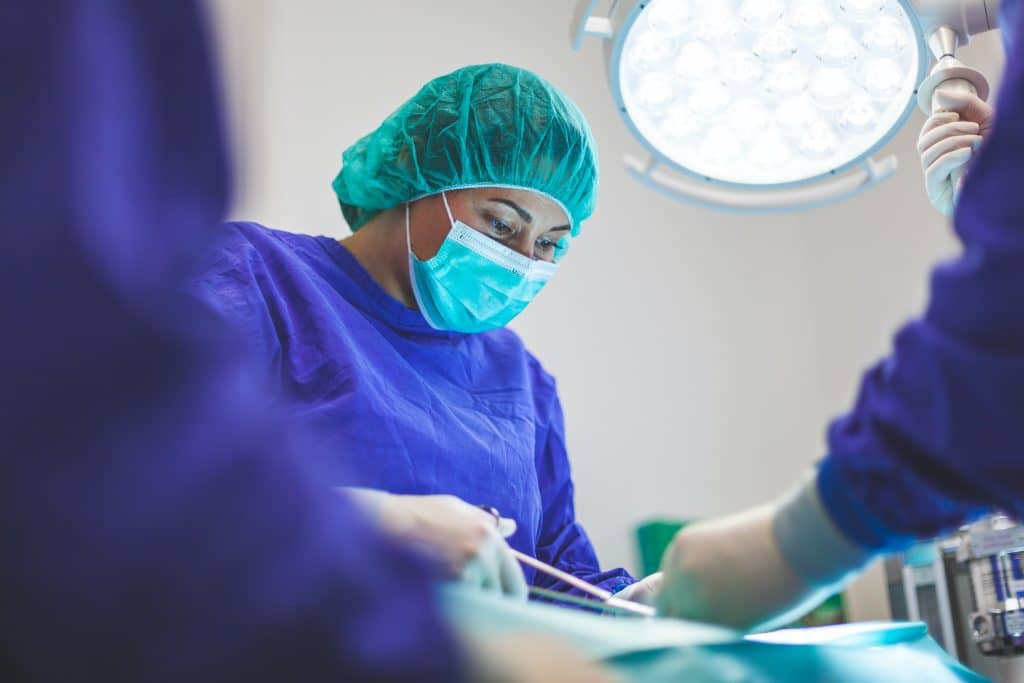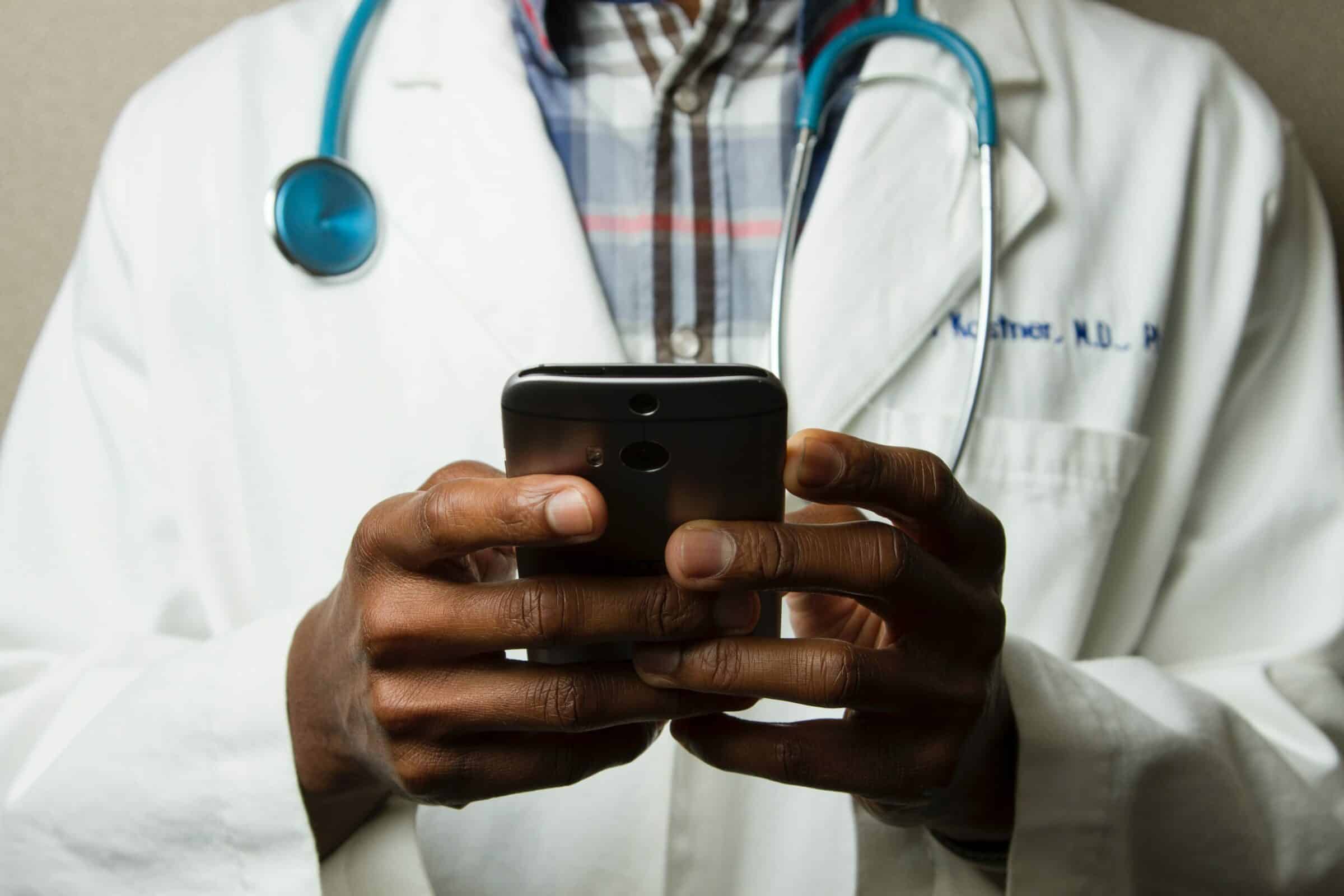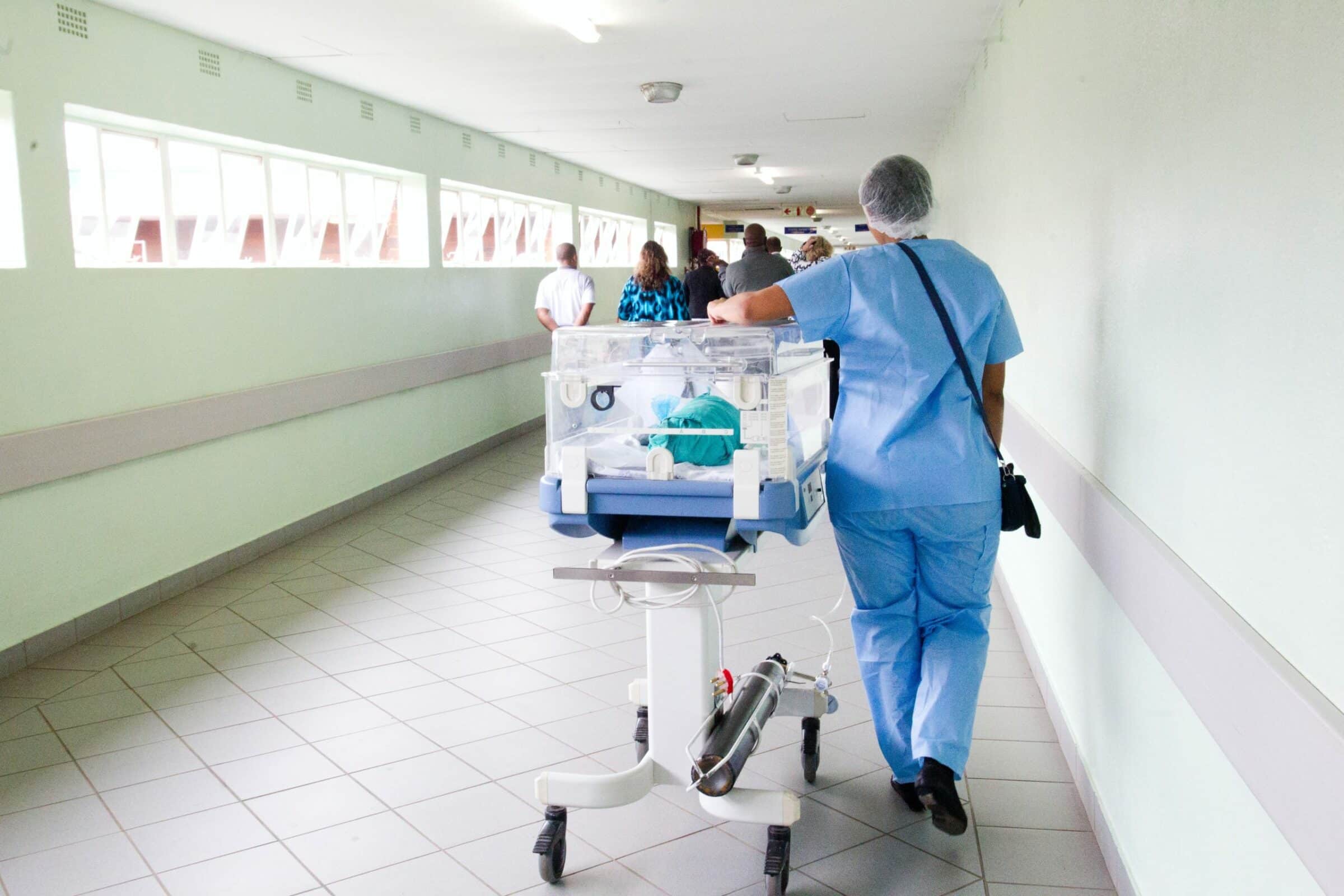If the pandemic has shown us anything, it’s that connectivity is a vital aspect of any industry – especially healthcare.
Connectivity helps hospitals, GP Practices and other healthcare facilities to streamline their services, improve data accuracy, and provide more effective patient care. Through connected healthcare systems, these facilities can enable the exchange of data between different devices, networks, and software applications.
However, this is nothing new. Even before the pandemic, Internet of Things (IoT) technology has been playing a significant, yet often unrecognised, role within the healthcare sector.
IoT technology is a driving force in the development of connected healthcare technology, allowing hospitals and GPs across the country to share data in real time via secure platforms.
But how is IoT improving connectivity in healthcare? And what are the benefits it brings?
Keep reading this post to find out.
The Role of IoT in Healthcare
IoT technology helps healthcare providers to receive, store and analyse data efficiently, allowing them to provide better patient care and services.
By using IoT technology within a range of different devices, healthcare facilities can better analyse trends within data and make informed decisions to improve patient care and outcomes.
A network of sensors and connected medical devices are used to implement IoT technology across the healthcare sector, allowing professionals to better monitor patients and improve the efficiency of their medical practices.
These sensors and devices are often found in patients’ rooms, ambulances, and even clothing. This data is then sent back to the healthcare provider so that they can analyse it and make decisions accordingly.
IoT technology can also be found in ambulances to track the vehicles out on the road while connecting the patient to doctors and first responders. This way, patients can receive an early diagnosis on their way to the hospital.
Additionally, IoT technology can help hospitals with resource management by tracking the availability of beds, equipment and staff within any certain hospital. IoT enables more accurate forecasting to help ensure resources are allocated efficiently, reducing the risk of over- or understaffing.
In recent years, Bluetooth has been used to monitor pacemakers and other medical devices, allowing patients to be monitored from anywhere with a mobile phone.
Of course, healthcare is predominantly a human oriented service. The key to successful IoT integrations is therefore the use of face-to-face and interactive communications with specialists and patients to assess the quality of data and its meaning in the temporal and environmental context of the users.
This is increasingly performed by using approved mobile phone apps that enable secure voice, text and media interactions to be held between health professionals and other users, including those patients under consultation.
Remote Solutions for Connectivity in Healthcare
A major benefit of IoT within the healthcare sector is the remote health monitoring capabilities it has introduced and the ability to perform more and more forms of triage and consultations/reviews remotely.
Whether it’s patient care or elderly care, connected healthcare systems are increasingly being used to monitor patients remotely, from diagnostics and monitoring vital signs to more complex treatments.
In the most extreme and progressive cases, this has been via the establishment of ‘home ward’ pilots. While face-to-face interactions are clearly crucial, more patients can be monitored and assessed on an ongoing basis in this way.
Wearable devices, such as Apple Watches, Fitbits and other more specialised/proprietary solutions, have also been introduced/used to track patient health data and are now being integrated into Connected Care and Telehealth platforms.
These devices allow doctors to access more accurate data to make informed decisions about their patient’s treatment, without the need for face-to-face appointments which can be inconvenient for patients and place strain on the health care services.
Similar technology is also used inside hospitals, where patients are closely monitored with IoT sensors to ensure their health and safety. If an abnormal reading appears on the sensor, hospital staff will be alerted so they can act quickly to assist the patient.
This technology is becoming increasingly important in the wake of COVID-19 as it allows healthcare facilities to reduce their contact with potentially infected patients while also providing an efficient care system.
Of course, regulation and approvals remain key. Systems must be subject to clinical trials or pilots to assess their efficacy and reliability. Indeed, most pilot systems are run in parallel to existing services to gauge their performance.
Healthcare Connectivity Solutions Outside of IoT
While IoT is most certainly at the forefront of connectivity in healthcare, there are other solutions that have helped improve integration within the sector.
Healthcare providers are making use of cloud technology and apps to share data and resources across the sector, which is invaluable when dealing with large amounts of data or collaborating on complex medical treatments.
Online platforms have also created a more seamless communication experience between patients and providers, allowing for easy access to medical records and appointment scheduling. Telephone and Video consultations became the new normal in many GP practices during the pandemic, with most practices still offering them to patients alongside face-to-face appointments for patients due to the benefits they provide.
Security and Privacy are Vital
Like with any connectivity operation, security is vital – especially when dealing with sensitive information, like healthcare records, patient provided photographic evidence or the content of video consultations. This is not just for the patient, but also to assure the health professional that the systems they are using are private.
For this reason, private networks separate from public networks are used to transmit encrypted data, reducing the risk of cyber-attacks and data breaches.
However, patients must also be careful when on public networks to avoid any potential data breaches and to ensure their sensitive data is kept secure. For example, only using the provided and approved apps and communication methods.
So, while connectivity in healthcare offers many benefits, it is important to ensure that all data is kept secure and only accessible by those who have permission.
The Benefits of Connectivity in Healthcare
The benefits of connectivity in healthcare are vast. By connecting devices and data sources across the sector, healthcare providers can improve patient care while simultaneously cutting costs and increasing efficiency.
By leveraging IoT technology, medical professionals have access to real-time data that can help inform their decisions and improve patient care. Connectivity also helps to reduce human error, as well as reduce hospital overcrowding and waiting times.
Implementing IoT technology can also help reduce the high operational costs of hospital systems (https://www.sciencedirect.com/science/article/abs/pii/S254266051930191X, 2021). These savings can then be used to improve the effectiveness and quality of care for patients within the facility, such as the elderly or those with chronic health conditions.
It is clear that the health care services are under pressure with staff shortages in critical areas, and the ageing population will only place further strain on resources.
Gaining the trust of both professionals and patients is vital to IoT delivering successful outcomes in healthcare. While technology is going to be critical to delivering better diagnoses and treatment paths for patients, it will also need to enable the more efficient use of medical and health professionals’ time when looking after their patients, as well as garnering the feeling from health users that their experiences are improving.
If not, then patients may feel that technology is being used to simply create further distance from their health professionals instead of providing and establishing higher quality care for more of the population and particularly those most at risk.
Get Connected with Caburn Telecom
Thank you for reading our blog post on connectivity in healthcare. We hope you enjoyed it!
It is clear that connectivity in healthcare is here to stay and the sector is only going to get smarter as more data becomes available and technology advances.
But it’s not just the UK taking advantage of the wealth of data available to our healthcare professionals. In America, the 21st Century Cures Act has been enforced to enhance data sharing within the sector to improve patient outcomes and overall public health.
Connecting devices, systems and people will continue to revolutionise healthcare on a global scale and provide better access, improved outcomes and cost savings to all stakeholders involved.
Caburn Telecom is an industry leader in IoT SIM card solutions, providing a range of IoT services across numerous sectors to help businesses get connected. We have extensive experience in the healthcare sector and can help you create an IoT network that suits your needs.
Connect with us today to discuss how we can keep your healthcare facility connected.


